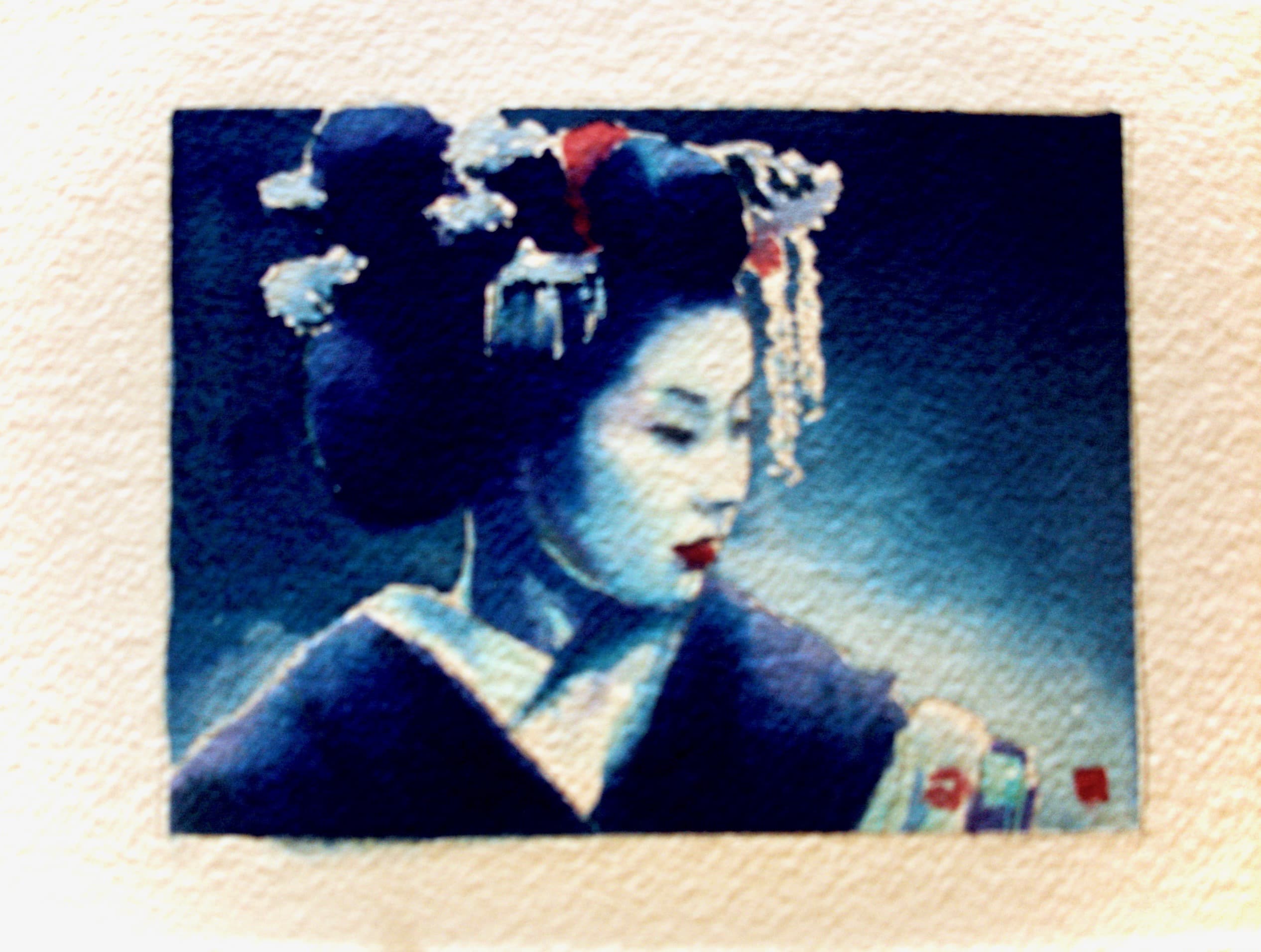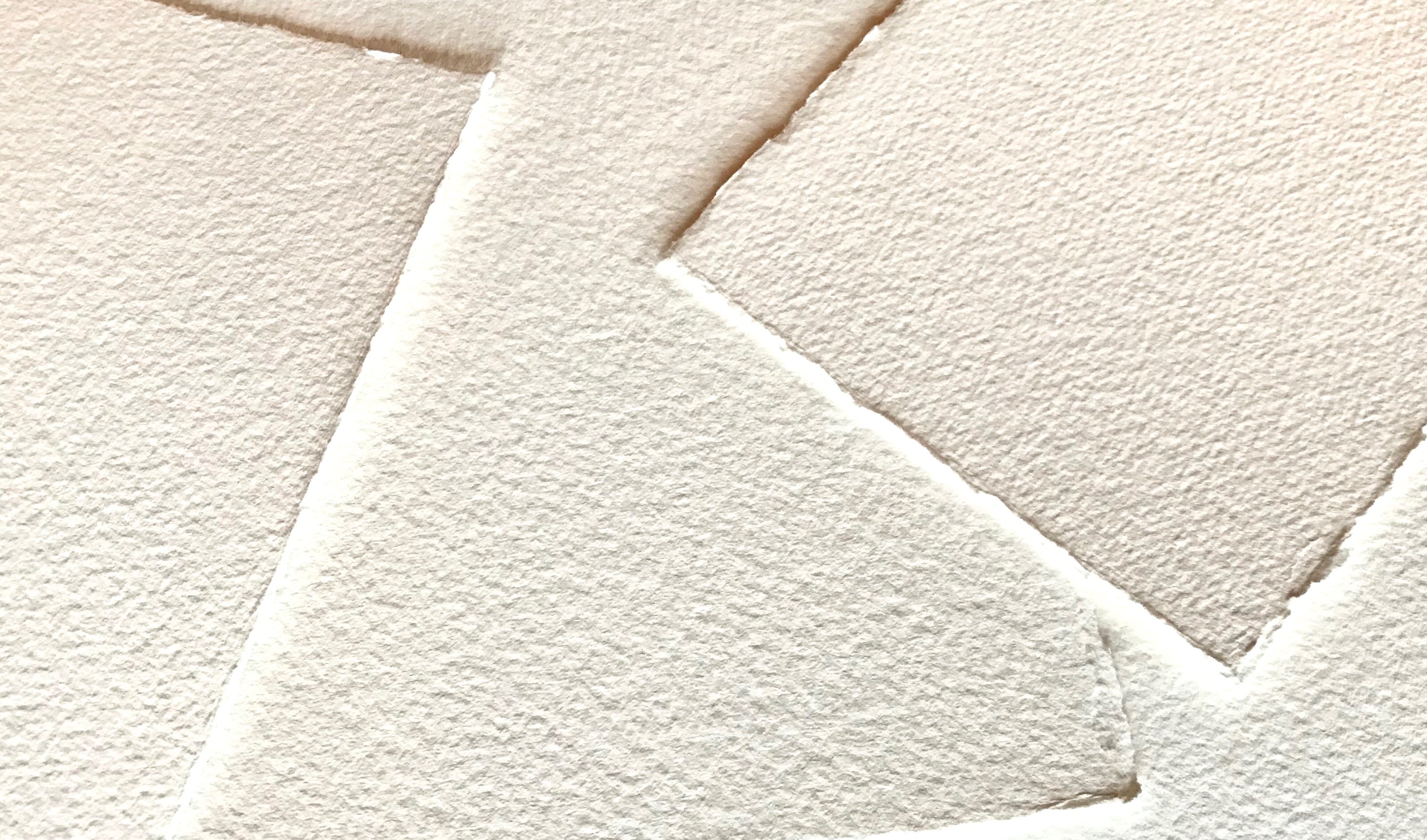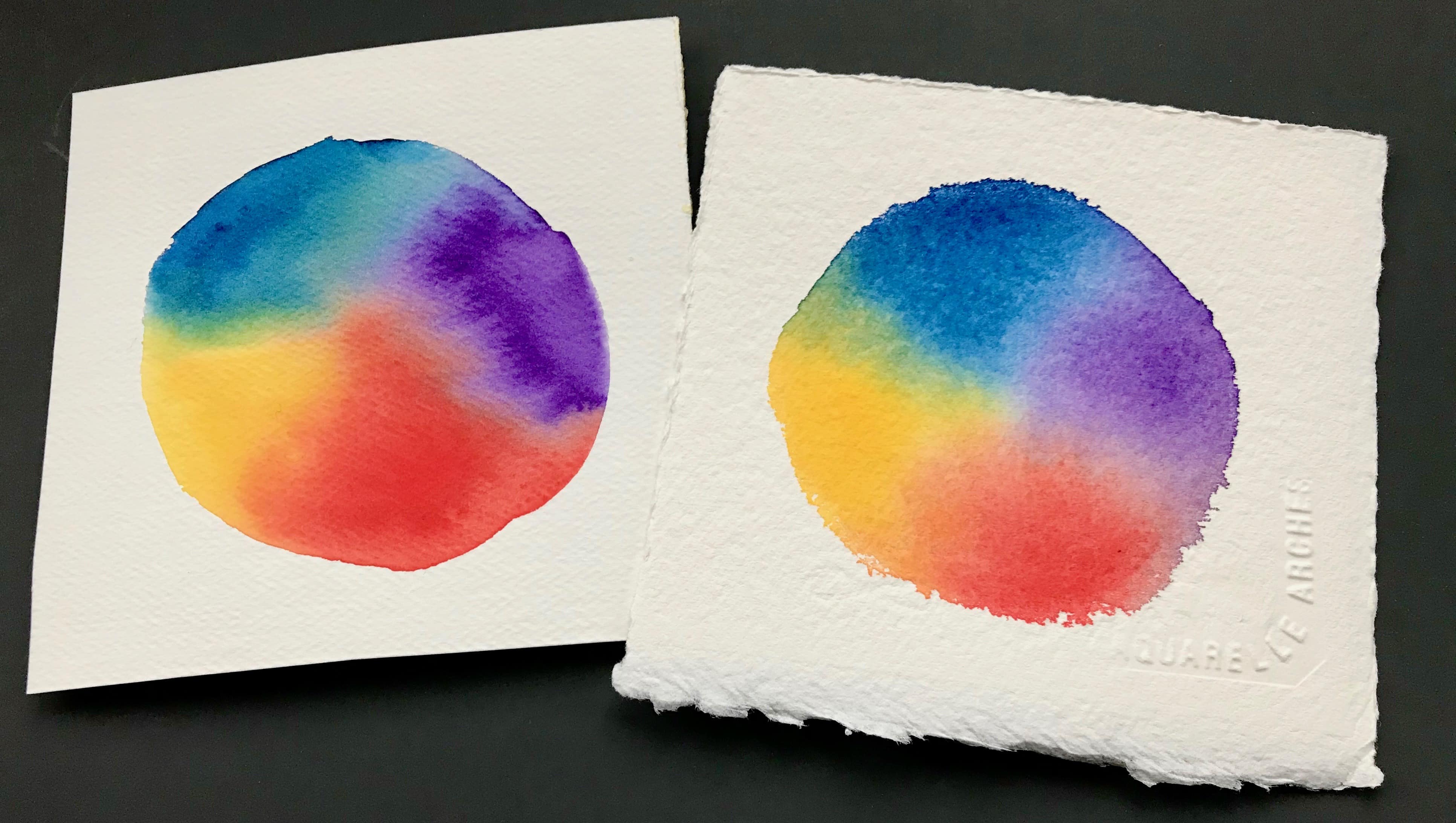C’est le Papier!
November 10, 2020
People occasionally ask me about which paints I use, but no one ever asks me about the paper, and they should! For a watercolor artist, paper reigns supreme. Here’s how I learned this bit of wisdom…
One day several years ago I needed to paint a small sample painting for a commission. My three kids had friends over playing, so I couldn’t get away to work on it. Then in a stroke of genius I suggested to the kids that we all paint! They thought it was a great idea, so I got out our Crayola children’s watercolor sets and some paper and we all got to work. I used a square of my favorite watercolor paper, sketched my little picture and painted it with the children’s watercolors.
I was pretty amazed by the results. The layers of color were vibrant and looked almost as good as my professional paints. The paper had made the paint look good. A bulb went off in my head and I think I said out loud, “Good paper is more important than good paint.” It was a eureka moment.

My tiny painting taken in poor lighting still shows the richness achieved with chidlren’s watercolors
So what is this paper that I love so much? Arches 300 lb. cold-pressed 100% rag watercolor paper.
Allow me to explain…
In 1492, Columbus sailed the ocean blue. That was also the year that the Arches paper company in the French village of Arches began producing paper. They’ve been around a while and they know their papier. OK, but does it really weigh 300 lbs.? The weight refers to what a ream (500 sheets) of this paper would weigh. This paper is heavy and thick and comes in three varieties: hot-pressed, cold-pressed, and rough.
Hot-pressed paper is smooth with minimal texture. Someone doing precise paintings or illustrations might use hot pressed paper. I use it when I do Japanese calligraphy.
Cold-pressed paper seems to be the most popular among watercolor artists – smooth to a degree but has natural texture from the paper fiber.
Rough is what you would expect: heavily textured and, well, rough. Good if you’re going for a primitive look. I haven’t used it so I can’t speak from experience.

Different watercolor paper textures, from www.artsupplies.co.uk/blog/how-to-choose-the-right-watercolour-paper
This paper is 100% cotton, also described as “rag”. It is made from a paper mold rather than by machine and that’s very, very important.
300 lb. paper does not come in a pad – it is produced most commonly on single 22 x 30 inch sheets. It’s not cheap. In an art store you may pay $20 a sheet, but look for it online (even Amazon carries it) at a bulk price for 5 – 25 pieces. If you order online, make sure you are buying individual sheets, not pads or blocs. The paper can be torn (never cut) to the size you want. Tear it the way you would tear a piece of paper when you don’t have scissors: fold it, crease it, bend, bend, tear. That preserves the beautiful torn edge of the watercolor paper.
I can hear you saying “I think I’d rather just use a pad of watercolor paper.” We’ve all said that at one time – they’re convenient, they’re economical, they keep your work together nicely. I used them when I first started learning watercolors. But here’s the deal: watercolor pad paper is thin (140 lbs. at most) and machine made. It quickly becomes saturated and lacks the capacity to achieve depth of color like a high-quality paper.
To see how pigments react differently on the 140 lb. pad paper and the Arches 300 lb. paper, I got a square of each and painted color wheels on them. On both pieces I painted a circle of clear water and added red, yellow, blue, and purple (because I’ve never been able to mix a great purple – more about that in a future blog on mixing colors).
On the Arches paper on the right (I picked a corner piece with the Arches stamp) you can see that the pigment has been absorbed into the paper. It is fairly uniform with some granulation in the texture of the paper. That’s happy paint, having a zen moment, “I am one with the paper.” Experience tells me that I can add more layers onto the 300 lb. paper and achieve my desired depth of color – layers create beautiful watercolors.
On the pad paper on the left I observed that the water and pigment floated on the surface of the paper for a longer time, drying in irregular patches. The paper seemed to resist absorbing the water and pigment. I suspect that if I add more layers some of that surface pigment will lift off, leaving the color heavier in some areas and sparse in others.
I get that good paper is costly. If you’re ready to graduate from thin, machine made paper but aren’t yet ready to commit to 300 lb. paper, Arches also makes a 140 lb. mold-made paper in 22 x 30 inch sheets that can be bought in bulk packs. They are more economical, obviously thinner than the 300 lb. paper, but the fact that they are molded rather than machine-made means they will handle water and pigment layering better than the watercolor pads.
The message here is: use the good paper! Don’t cheat yourself out of what your paint can achieve. Treat yourself like a professional. Working with a new paper always takes getting used to, but once you master it, you won’t want to go back.





Comments